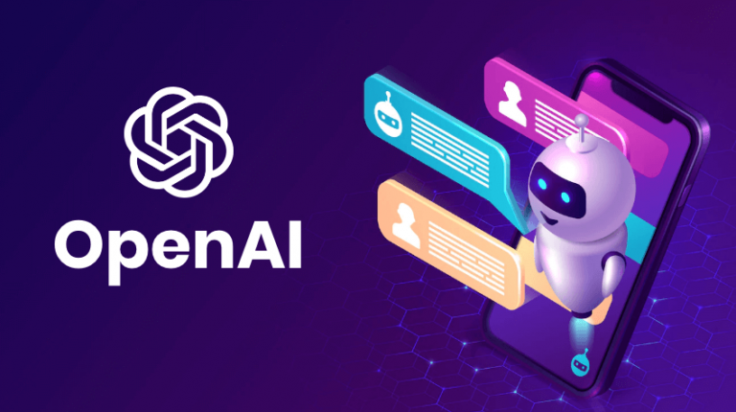The world of language models continues to advance at an astonishing pace, with several remarkable developments in recent years. Let's take a closer look at some of the most notable open-source chatbot models that have captured the attention of researchers and developers alike.

Alpaca
An advanced language model developed by Stanford researchers in collaboration with Facebook's LLaMA, Alpaca is a cutting-edge chatbot capable of answering questions, reasoning, delivering jokes, and performing various other functions typically expected from chatbots. The refined version, Alpaca 7B, is based on Meta's seven billion-parameter LLaMA language model and was fine-tuned using 52,000 instruction-following demonstrations. With its versatility and powerful capabilities, Alpaca brings a new level of sophistication to the world of chatbots. The best part is that Alpaca is an open-source model, meaning it can be run on personal computers with a minimum of 8GB RAM and approximately 30GB of available storage space.
GPT4All
Developed by the Nomic AI Team, GPT4All is an open-source chatbot that has been trained on a massive dataset of GPT-4 prompts. GPT4All provides an ecosystem of open-source tools and libraries that empower developers and researchers to build advanced language models without a steep learning curve. One notable feature of GPT4All is its ability to run offline on personal devices, ensuring accessibility and convenience.
Cerebras-GPT
Cerebras Systems brings us the Cerebras-GPT family of open compute-efficient large language models. This family consists of six models with different parameter sizes, ranging from 111M to 13B. Cerebras-GPT models are trained using the optimal training tokens for each model size, resulting in the lowest loss per unit of compute across all model sizes. The emphasis on compute efficiency makes Cerebras-GPT an attractive option for researchers and developers looking to leverage large language models effectively.
GPT-J 6B
Developed by EleutherAI, GPT-J 6B is an open-source autoregressive language model known for its impressive performance on a wide array of natural language tasks. With 6 billion parameters, GPT-J 6B was trained on The Pile dataset, enabling it to excel in areas such as chat, summarization, and question answering. The availability of GPT-J 6B as an open-source model opens up opportunities for developers to harness its power in their own projects.
Jurassic-1
Jumbo: AI21 Labs presents the Jurassic-1 Jumbo, a colossal language model with an astounding 178 billion parameters. Ranking among the world's largest open-source ChatGPT Models, Jurassic-1 Jumbo is trained on an extensive dataset comprising both text and code. This linguistic powerhouse showcases remarkable proficiency in tasks like text generation, language translation, crafting diverse creative content, and providing insightful responses to queries. With its massive scale and comprehensive training, Jurassic-1 Jumbo pushes the boundaries of what language models can achieve.
These open-source chatGPT models represent the forefront of language model research and development. They empower developers and researchers to leverage advanced natural language processing capabilities, opening doors to exciting possibilities across various domains. As the field continues to evolve, we can expect even more groundbreaking models to emerge, revolutionizing how we interact with and harness the power of language.









